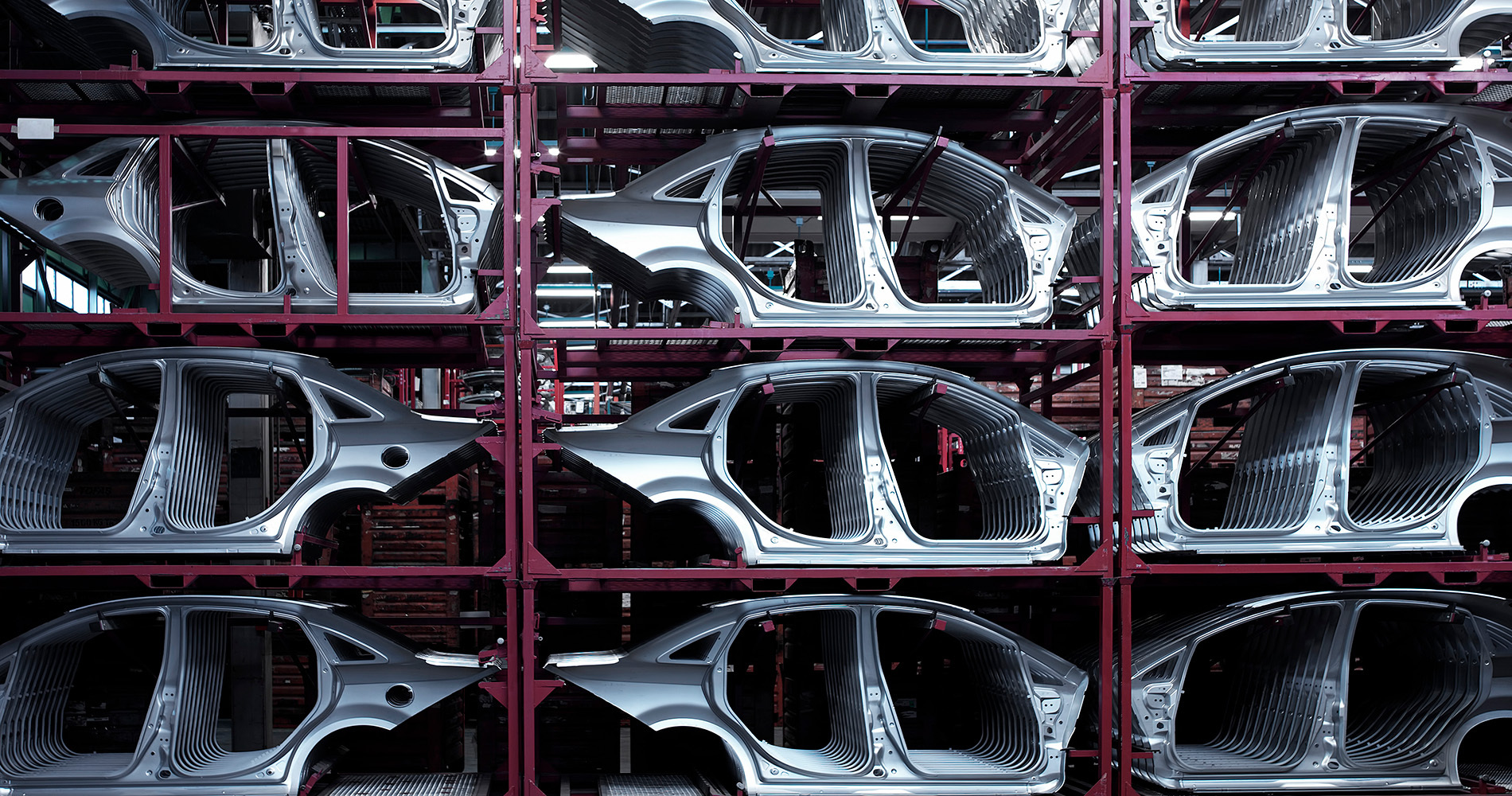That said, with a changing global market in mind, countries have been more willing to get involved in the planning and development of national automotive companies. Mexico’s “Olinia”, for instance, is a planned EV line set to be led by a new federal ministry, with a focus on affordability. As noted in its initial press release, the target demographic is families and young people, with three models expected to cost between US $4,400 to US $7,400—significantly lower than other EVs sold in the country.
The idea is that a nationally led framework will aid in the project’s coordination, with production intended to take place across several regions to keep costs down. Government ownership will also ensure a reliable stream of investment and that the end product is something attainable by the average Mexican family.
Turkey is pursuing a similar project through its Automobile Joint Venture Group (TOGG), a consortium of companies with the support and financial backing of the government. The goal is to create a national brand of EVs, with some models already being available for purchase.
With Mexico and Turkey offering prospective templates, Canada need not reinvent the wheel in pursuing its own, publicly owned automaker. Only the federal government has the ability to operate a program of this magnitude by bringing together our natural resources, skilled workforce, and industrial capacity to create a sustainable and affordable Canadian brand.



I think that both can co-exist, especially if you want to accelerate progress.
It is a shame that a great deal of the population is simply “ignored” or at least, treated as second-class, and I’m always pushing local council members, and the Regional office my municipality is in, to improve accessibility and equity for these minority groups.
It’s not easy, mostly because change on a societal level can take years or decades, and I don’t have enough time to wait for that.
So, I have to empower myself whenever and wherever possible. And yes, I completely understand that not everyone is in the position to do that. I don’t want to undermine or downplay their struggles or needs.
I do acknowledge these challenges that you have brought up, and I strongly believe that having more options available for moving people is better than having limited options.
But my point specifically is addressing the millions of single-occupancy, short trip rides, initiated by healthy individuals. These people dominate the roadways and we really need to persuade them to get out of their cars, for everyone’s sake. And the more who do, the faster infrastructure will be built that can accommodate all needs, for all ages.
City planners (at least where I live) seem to really lean on the motto that: “we build where the demand is”. And even though it’s painfully obvious that demand will remain low for cycling and pedestrian infrastructure if people feel unsafe, or unable to access certain infrastructure, anyone who is able to “just do it”, will have an impact on the decisions of city planners moving forward.
It’s maddening when I see communities where their elderly are quite literally forced to walk on the road, because no sidewalks exist. How the hell does anyone find it OK to have enough space to park idle vehicles, but not enough for kids and elderly?
Thanks for the thoughtful conversation. I hope that you and yours have a wonderful day.